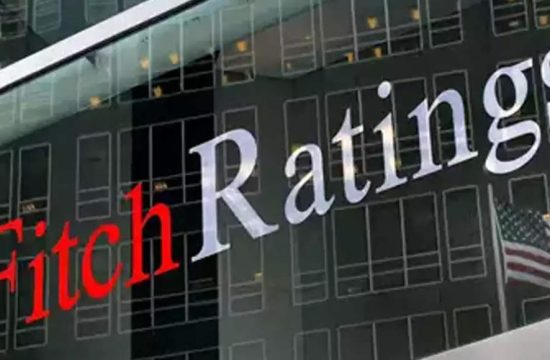
Extra unemployment benefits offered by the American Rescue Plan may not arrive until mid-April or later, the U.S. Department of Labor said Monday.
The $ 1.9 trillion Covid relief bill, which President Joe Biden signed Thursday, extended jobless aid to Labor Day and continued a $ 300 weekly enhancement to benefits.
States need several weeks to tweak their computer systems and account for the changes, a Labor Department official said Monday in a memo to state unemployment agencies.
More from Personal Finance:
Here’s how the $ 10,200 unemployment tax break works
Here’s when direct deposits of stimulus checks will be available
Don’t file amended tax return to get unemployment tax break, IRS says
“Acknowledging that states need time to modify their computer systems to accommodate the extensions and modifications, the Department expects many states will need until the middle of April or later to implement the new provisions and begin notifying individuals,” wrote Suzan LeVine, principal deputy assistant secretary at the Labor Department’s Employment and Training Administration.
Prior rounds of additional pandemic aid for the jobless also took weeks — and sometimes months — to disburse, depending on the state.
The $ 900 billion relief measure signed by former President Donald Trump in December extended benefits for the long-term unemployed to March 14. Others who hadn’t exhausted their maximum aid allotment can continue receiving federal benefits until April 11.
It’s unclear whether the Labor Department believes a lag will apply to all or a subset of American Rescue Plan provisions. A Labor Department spokesman didn’t return a request for clarification.
2 million workers
Past experience suggests delays are more likely in certain programs than others, said Andrew Stettner, a senior fellow at The Century Foundation.
Many states were able to issue a $ 300-a-week supplement offered by the $ 900 billion pandemic aid package without a delay, for example, Stettner said. That will likely be the case with the American Rescue Plan, he said.
However, many states took several weeks to re-start benefits for those who’d run out of their maximum allotment by the time Trump signed the Continued Assistance Act. At least one state, Wisconsin, has yet to issue that extended aid to some workers.
Similar delays may occur with the American Rescue Plan, for those whose benefits lapsed on March 14, Stettner said. He estimates about 2 million people fall into this category.
Of course, workers can only get the $ 300-a-week supplement if they are receiving unemployment benefits. So, a lag in extended benefits through programs like Pandemic Unemployment Assistance would mean a delay in the $ 300 boost, too.
But a gap in benefits won’t be the case for all workers and in all states, Stettner said.
Officials in Colorado, for example, estimated most workers would receive additional benefits without a lag.
The Colorado Department of Labor and Employment got approval from the U.S. Department of Labor to deploy the extended programs before receiving official guidance from the federal agency, the state said Thursday.
The approval meant Colorado could start reprogramming its computer system before receiving the official guidance the U.S. Labor Department issued Monday.
“We are grateful that Congress took the necessary steps before the current programs expire, saving hundreds of thousands of Coloradans the financial hardship and gap in payments we saw earlier this year due to a delay in federal action,” said Joe Barela, executive director of Colorado’s labor agency.





